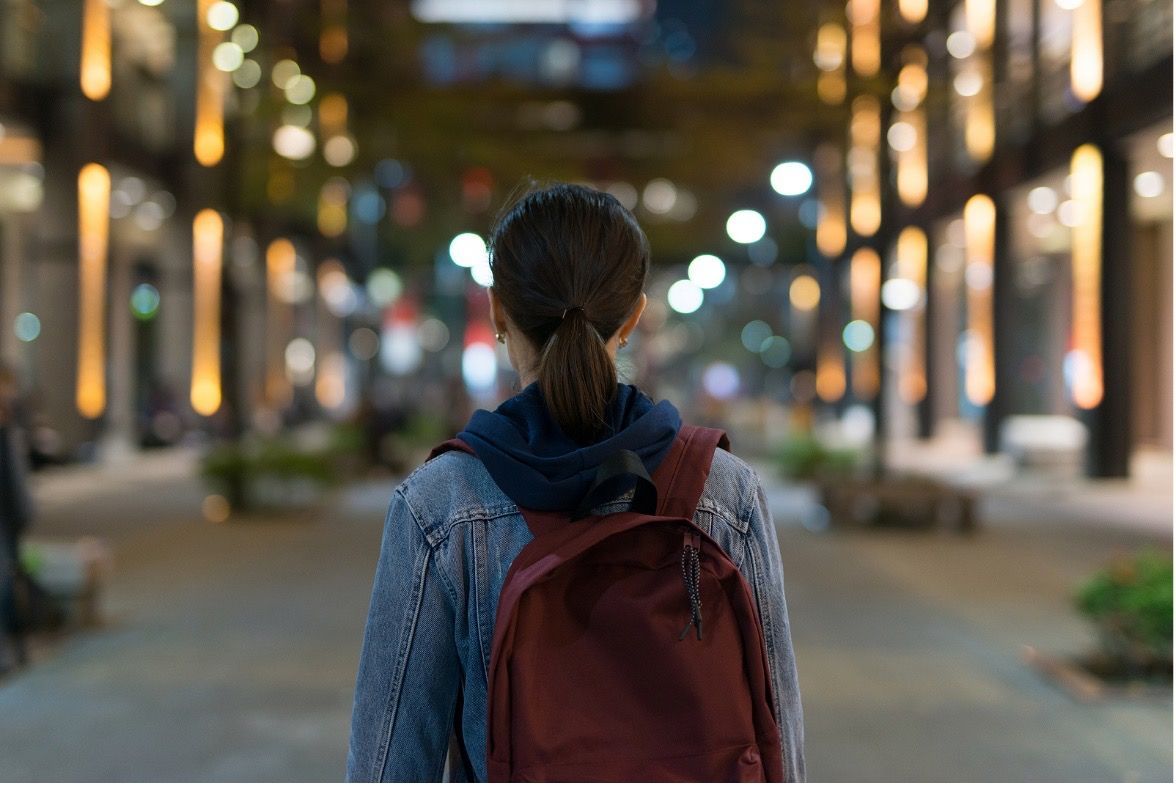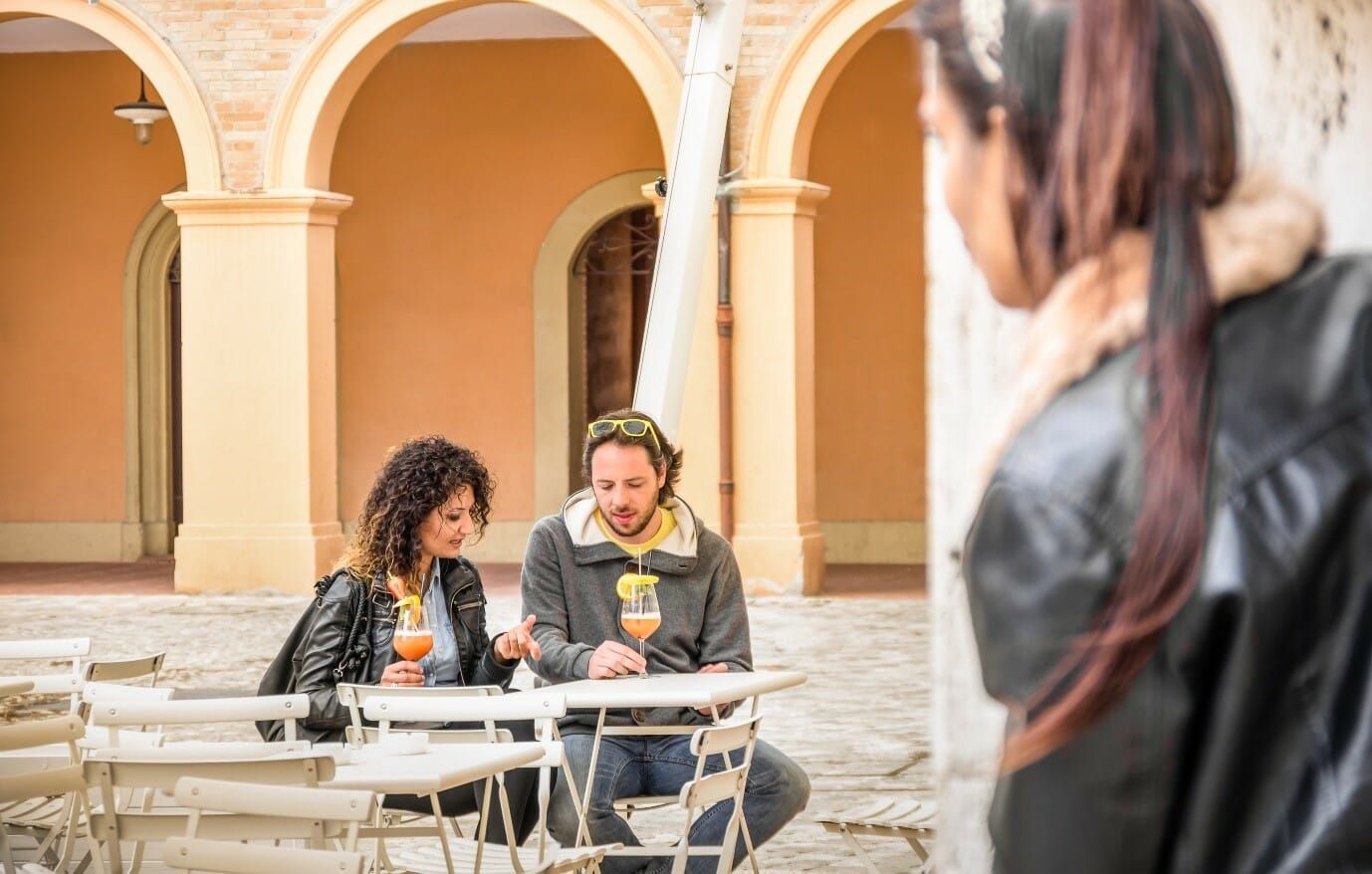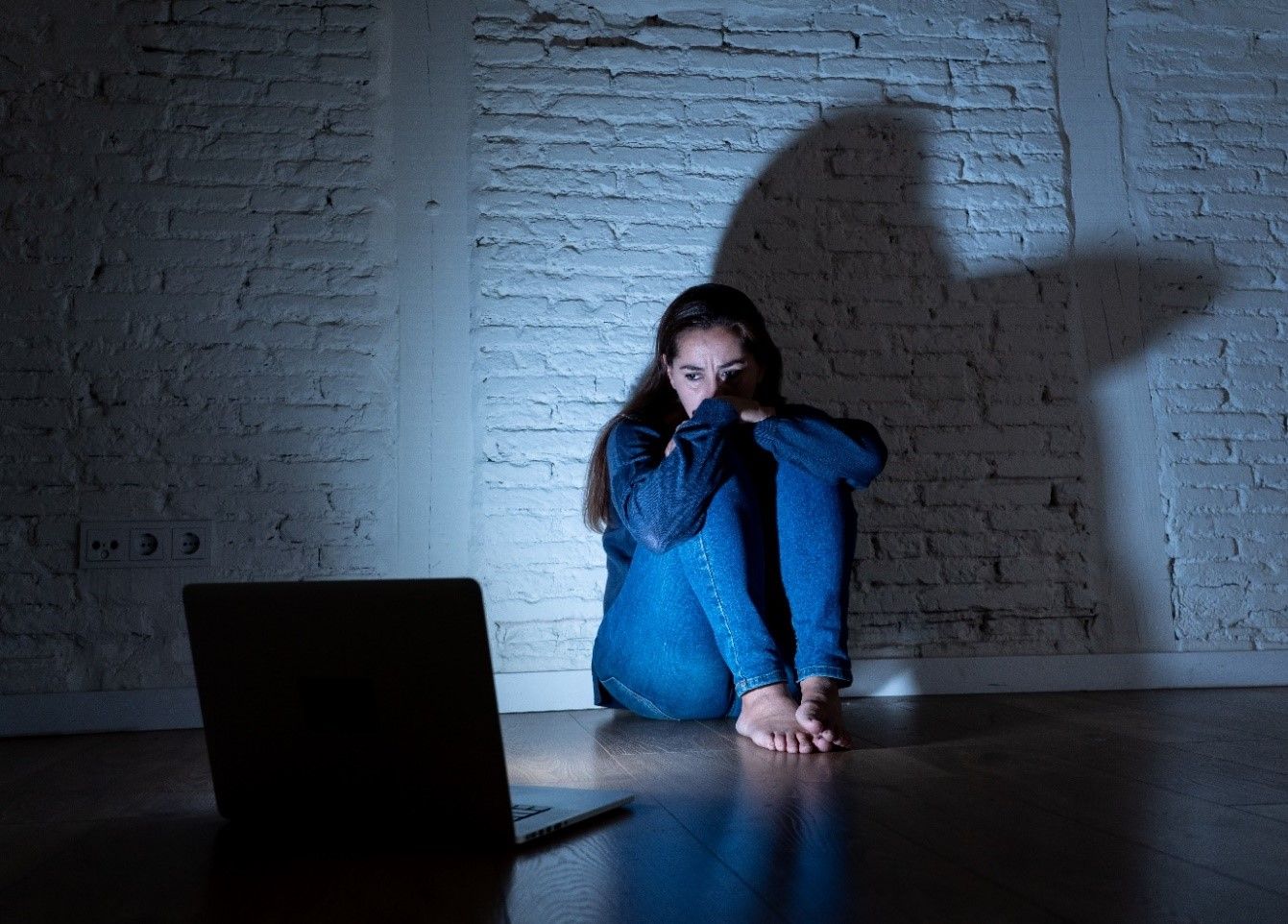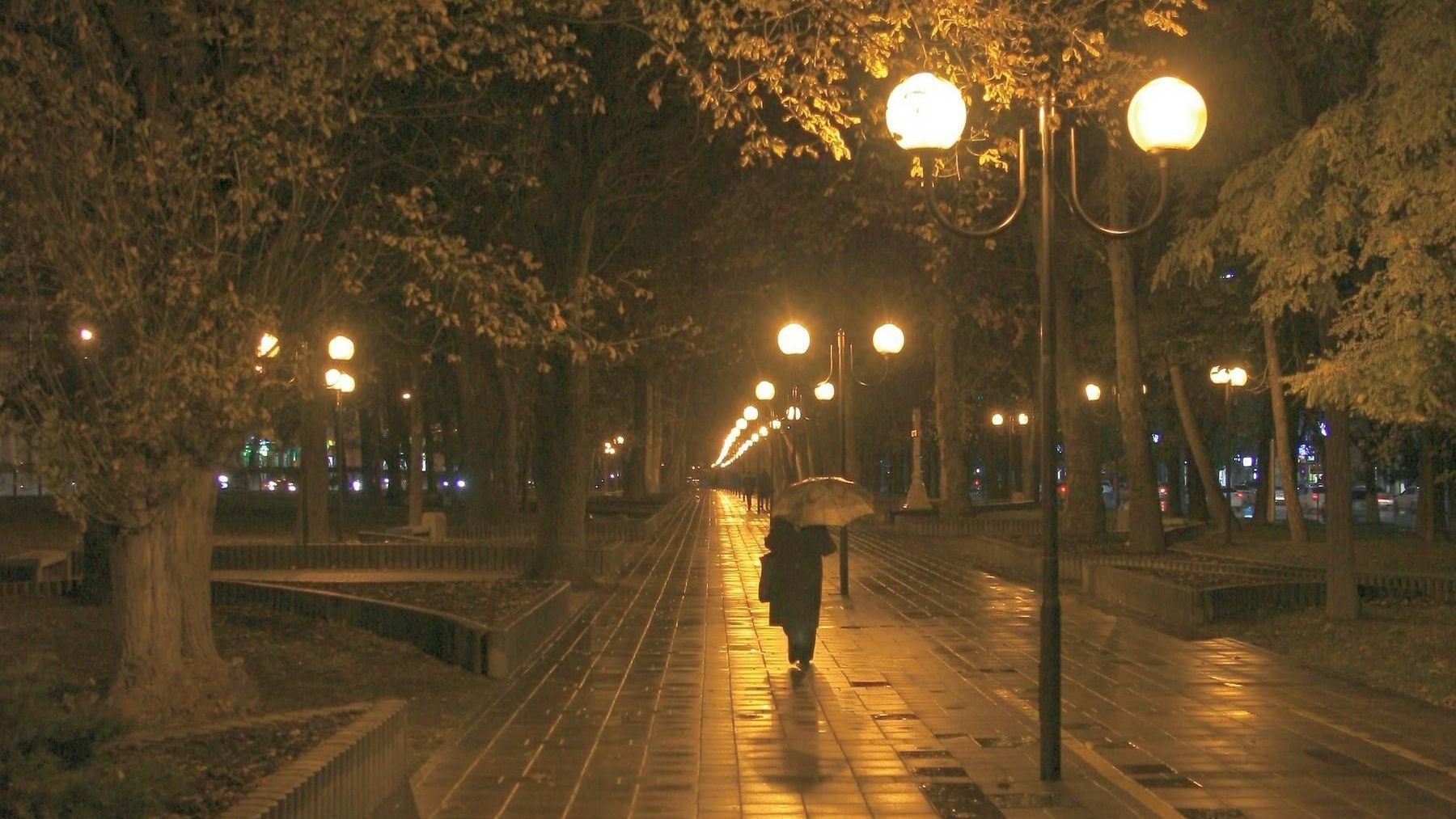
The Covid-19 pandemic lockdowns, it could be argued, accentuated the ‘community’ aspect of social media such as increased communication with people you couldn’t meet face to face, sharing experiences, posting videos, following exercise classes, taking up new hobbies or simply more online retail therapy.
But for many women, instead of feeling safe in their own home, lockdown was a frightening time as it presented a unique opportunity for stalkers and harassers. Stalking is increasingly being recognised as a form of domestic abuse within the criminal justice system, and lockdown created a perfect storm for these perpetrators.
“Cyberstalkers” are driven by the same intention as non-digital stalkers; to threaten or embarrass their victims. The difference is that they rely on technology.
With time on their hands and knowing that their victims would mostly likely be at home, they indulged in messaging and heavy usage of social media to attack their victims.
Stalking online, can take many forms, including:
- Catfishing
- Virtually visiting victims via Google Maps Street View
- Hijacking webcams
- Looking at geotags to track a person’s location
Trapped and unable to go out for many hours each day due to quarantine rules. These women were left feeling vulnerable and prisoners in their own home.
Unsure whether to report such incidents to the police, and whether they would be acted upon with any purpose? (Research suggests victims do not tend to report to the police until the 100th Incident.) The number of crimes reported compared to those that are charged, prosecuted and eventually convicted is miniscule.
Domestic abuse charity Refuge said they’d seen a rise in the role technology is playing in domestic abuse. Between April 2020 and May 2021, the charity saw a 97% increase on average in the number of complex tech abuse cases
“National lockdowns have made it much easier for stalkers to target victims in their homes, especially during the first in March 2020 when restrictions on exercise and shopping were at their most stringent,” says Rachel Horman-Brown, who is a lawyer and chair of the stalking advocacy charity, Paladin.

While overall crime rates in England and Wales have dropped since the COVID 19 pandemic, incidents involving stalking and harassment have gone up.
The Office for National Statistics (ONS) figures show that 172,190 harassment and stalking offences were recorded in England and Wales between January and March 2021, a 35% rise on the 27,985 recorded during the same period in 2020.
The data backs up anecdotal evidence that domestic violence and online harassment thrived during lockdown.
Deputy Chief Constable Paul Mills, the National Police Chiefs' Council lead officer for stalking has said on the matter, "What we've seen, both in the pandemic and outside of it, is a significant increase in stalking cases. What we're looking at in certain parts of the country is up to a 200% increase."
In case of confusion, a definition of stalking as defined by the Suzy Lamplugh Trust is: “a pattern of fixated and obsessive behaviour which is repeated, persistent, intrusive and causes fear of violence or engenders alarm and distress in the victim.”
The Suzy Lamplugh Trust said nearly 1.5 million people in England and Wales are victims of stalking every year. Recent data from the National Stalking Helpline, run by Suzy Lamplugh Trust, found that 100% of reports involved some form of digital stalking, with this pattern intensifying over the lockdown periods.
(The Suzy Lamplugh Trust was set up by the parents of Suzy Lamplugh, who, working as an estate agent in 1986 disappeared whilst going out to meet a potential buyer at a property.)
Stalking can include:
- Making unwanted communication
- Consistently sending gifts
- Damaging property
- Physical or sexual assault
- Revenge porn (disclosing of private sexual images)
Whilst it may be widely held belief that the stalkers are complete strangers, research shows that in the majority of cases, the perpetrators are known to the victim, of which most are ex-intimate partners.
Harassment is different from stalking in as much as it’s defined as: “unwanted behaviour from someone else that makes you feel distressed, humiliated or threatened.”
Harassment can include:
- Unwanted phone calls, texts, letters, emails or visits
- Abuse (verbal or online)
- Physical gestures or facial expressions
- Images and graffiti
Both stalking and harassment cause significant amounts of distress and fear to their victims and families. Combined, they can include the following actions:
- A text, answer phone message, letter or email
- A comment or threat in person or online (e.g. social media or online chat rooms)
- Standing outside someone’s house or driving past it
- An act of violence
- Damage to someone else’s property
- Maliciously and falsely reporting someone to the police without any wrongdoing
Both are classed as offences under the Protection from Harassment Act (HPA) 1997.
London’s Metropolitan Police have excellent advice on how to stay safe from stalking and harassment: How to protect yourself from stalking and harassment.
In addition, always make sure that your mobile phone has sufficient battery in case you need to call the police in an emergency. Remember, if you are in immediate danger call the Police on 999.
Scotland Police have a very useful page on their website with details on how to stay safe online: Protecting yourself on social media.
Additional resources
- The National Stalking helpline – 0808 802 0300 – www.stalkinghelpline.org
- The Suzy Lamplugh Trust – www.suzylamplugh.org
- Victim Support line – www.victimsupport.org.uk
- Stop Online Abuse – stoponlineabuse.org.uk
Consider a My Personal Safety Pack as a way of helping you stay safe.





My Personal Safety Limited
Registered address:
Suite L, KBF House
55 Victoria Road
Burgess Hill
RH15 9LH




